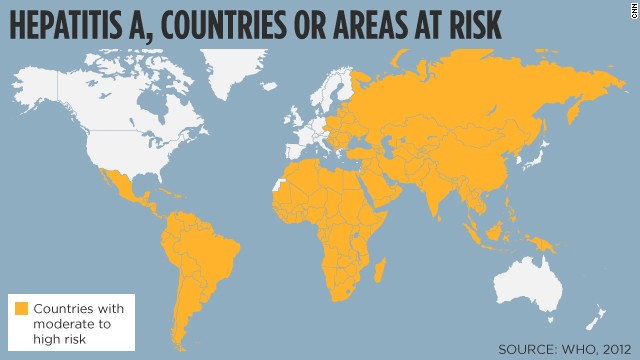

However, it is also possible to catch hepatitis B virus through more casual contact, such as sharing washcloths, toothbrushes or razors. Therefore, hepatitis B virus is transmitted in the blood of infected individuals during activities that could result in exposure to blood, such as intravenous drug use, tattooing, or sex with people who are infected. Large quantities of hepatitis B virus are present in the blood of people with hepatitis B in fact, as many as one billion infectious viruses can be found in a milliliter (one-fifth of a teaspoon) of blood from an infected individual. Are hepatitis B virus infections easily avoided? If we stick with it, we have a chance to finally eliminate this devastating disease within one or two generations. Indeed, this strategy has virtually eliminated the disease in children less than 19 years of age. As a result, the incidence of hepatitis B virus infections in the United States has started to decline. Starting in 1991, all infants and young children were recommended to receive the hepatitis B vaccine. The incidence of hepatitis B virus disease in the United States was unchanged 10 years after the vaccine was first used! For this reason, the vaccine strategy changed. But because the disease can be transmitted to those who are not in high-risk groups, this vaccine strategy didn't work. The original strategy (started in the early 1980s) was to vaccinate only those at highest risk (for example, healthcare workers, patients on dialysis, and intravenous drug users). The virus is also present in low levels in saliva.īecause the disease can be transmitted by casual contact, and because about three-quarters of a million to 2 million people are chronically infected with hepatitis B virus (many of whom don't know that they have it), it has been hard to control hepatitis B virus infections in the United States. Sexual contact can also expose people to infection. Healthcare workers are at high risk of catching the disease, as are intravenous drug users and newborns of mothers infected with the virus. Even casual contact with the blood of someone who is infected (sharing of washcloths, toothbrushes, or razors) can cause infection. As a result, contact with blood is the most likely way to catch hepatitis B. How do you catch hepatitis B virus?īlood from a person infected with hepatitis B virus is heavily contaminated with the virus. Every year in the United States about 22,000 new hepatitis B infections occur and about 2,000 people die from their infections. Hepatitis B virus infections are known as the "silent epidemic" because many infected people don't experience symptoms until decades later when they develop hepatitis (inflammation of the liver), cirrhosis (severe liver disease), or cancer of the liver (hepatocellular carcinoma).


 0 kommentar(er)
0 kommentar(er)
